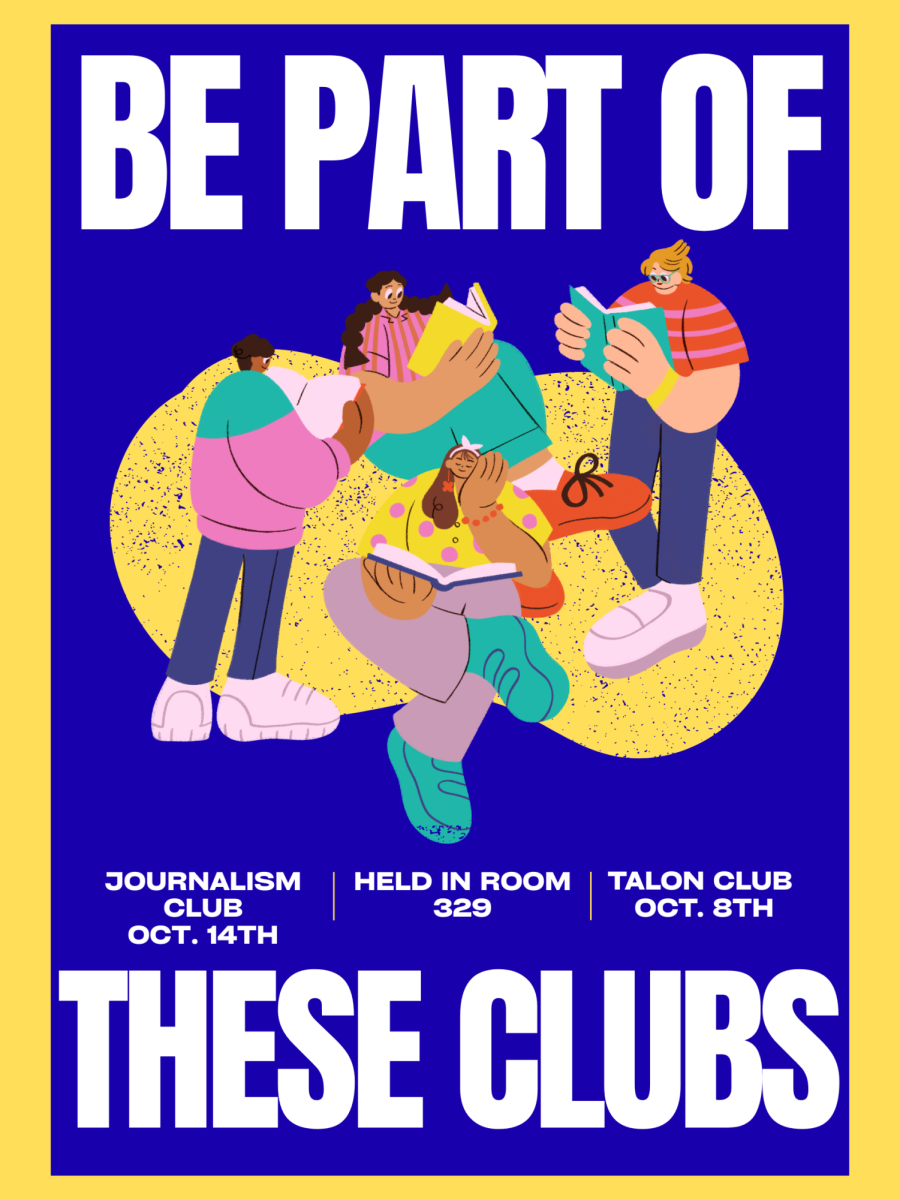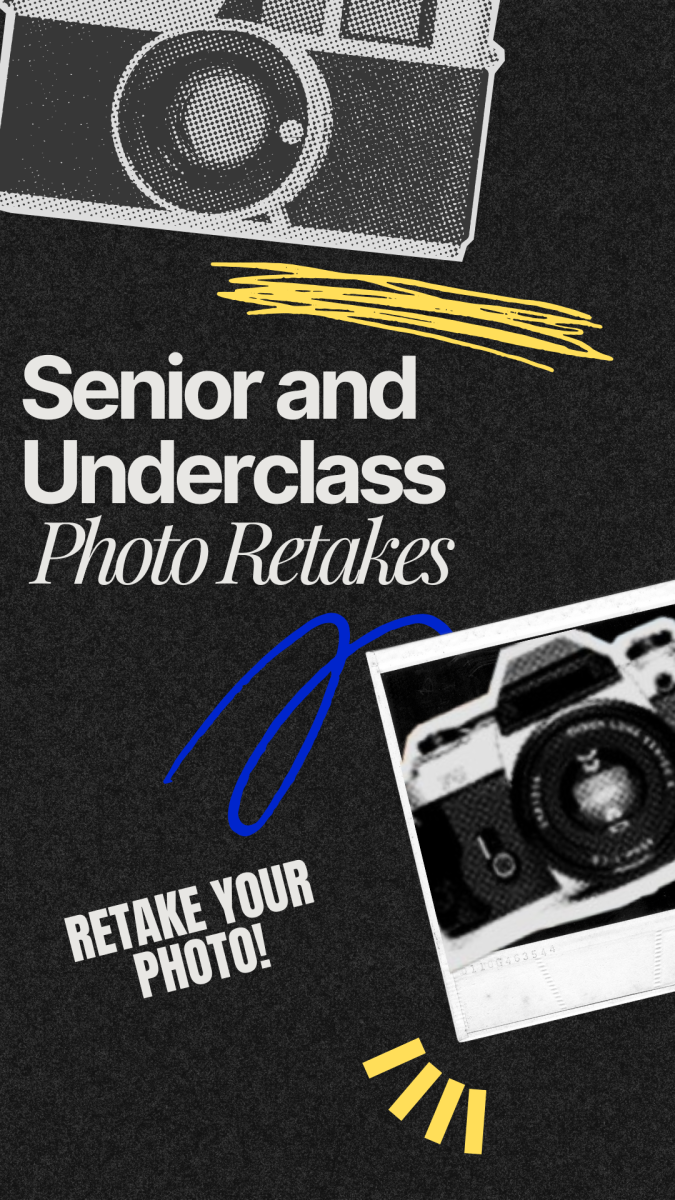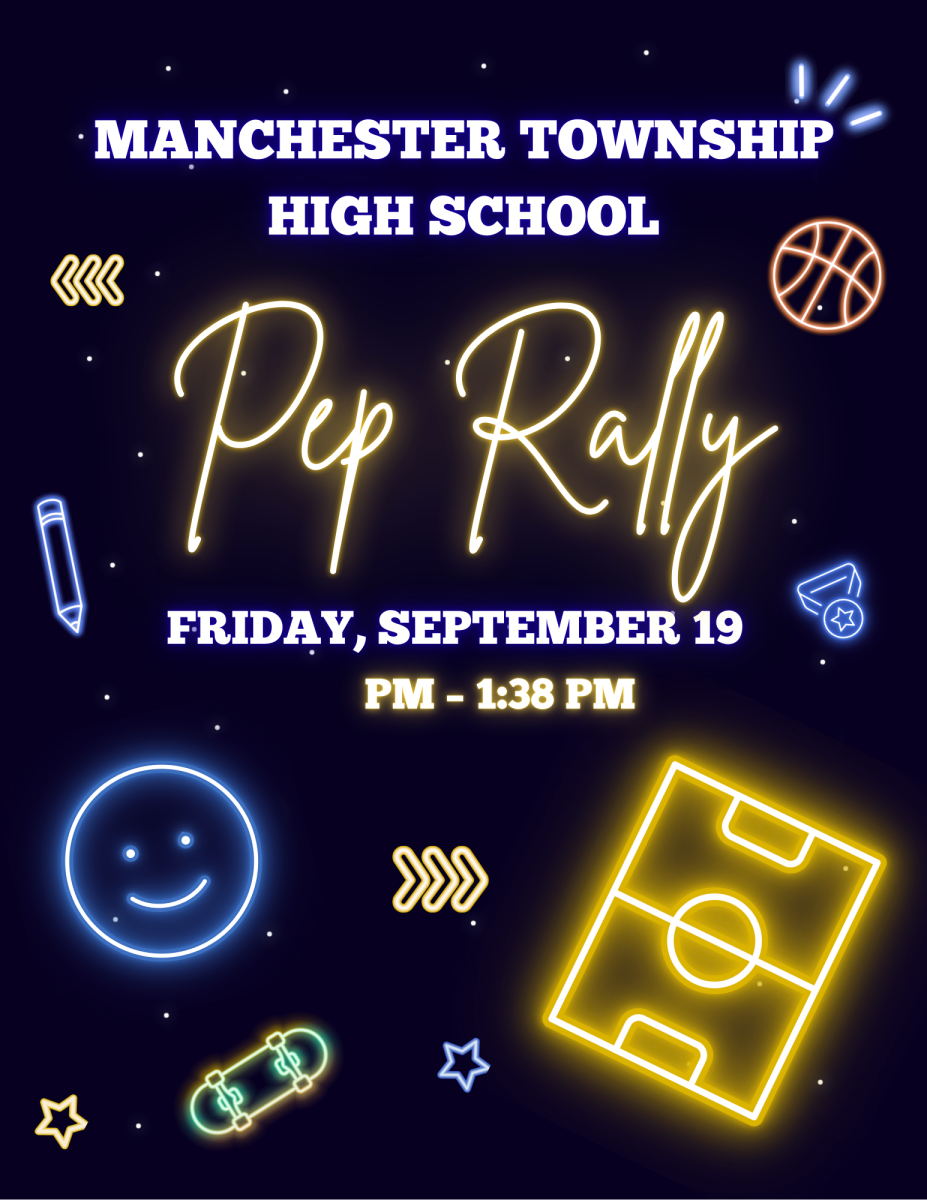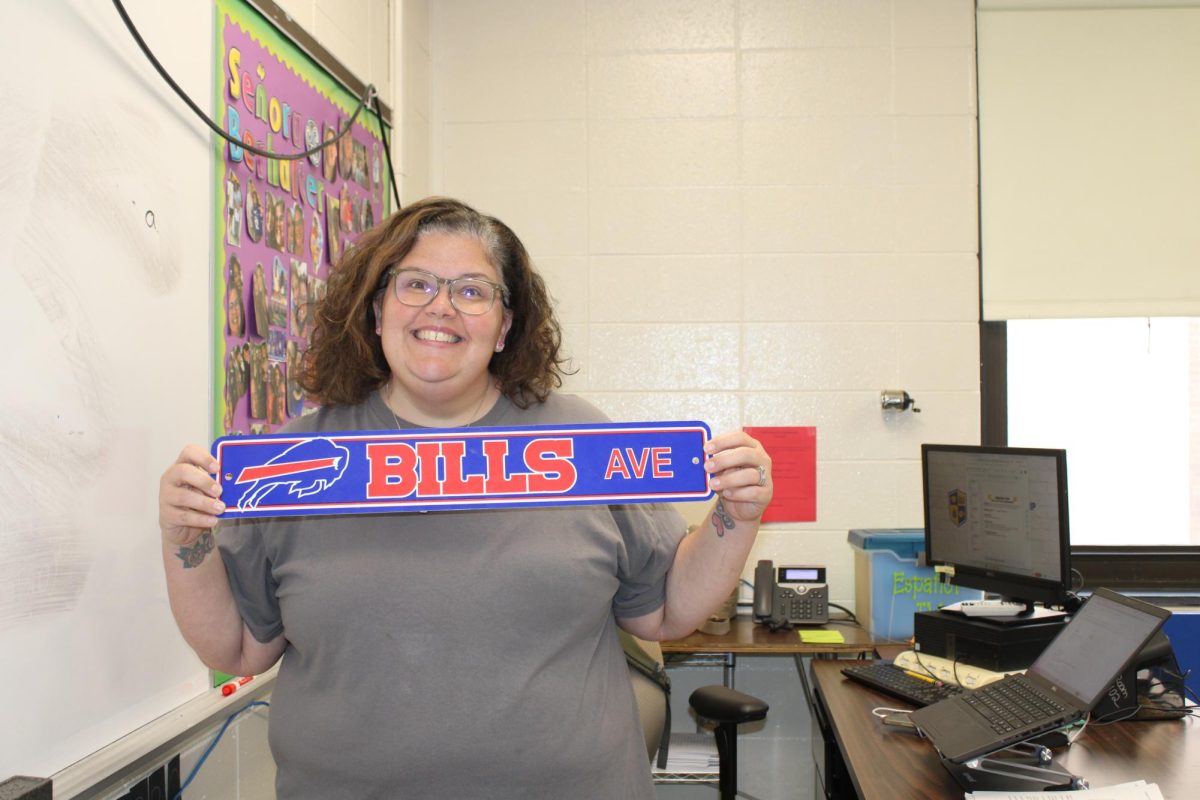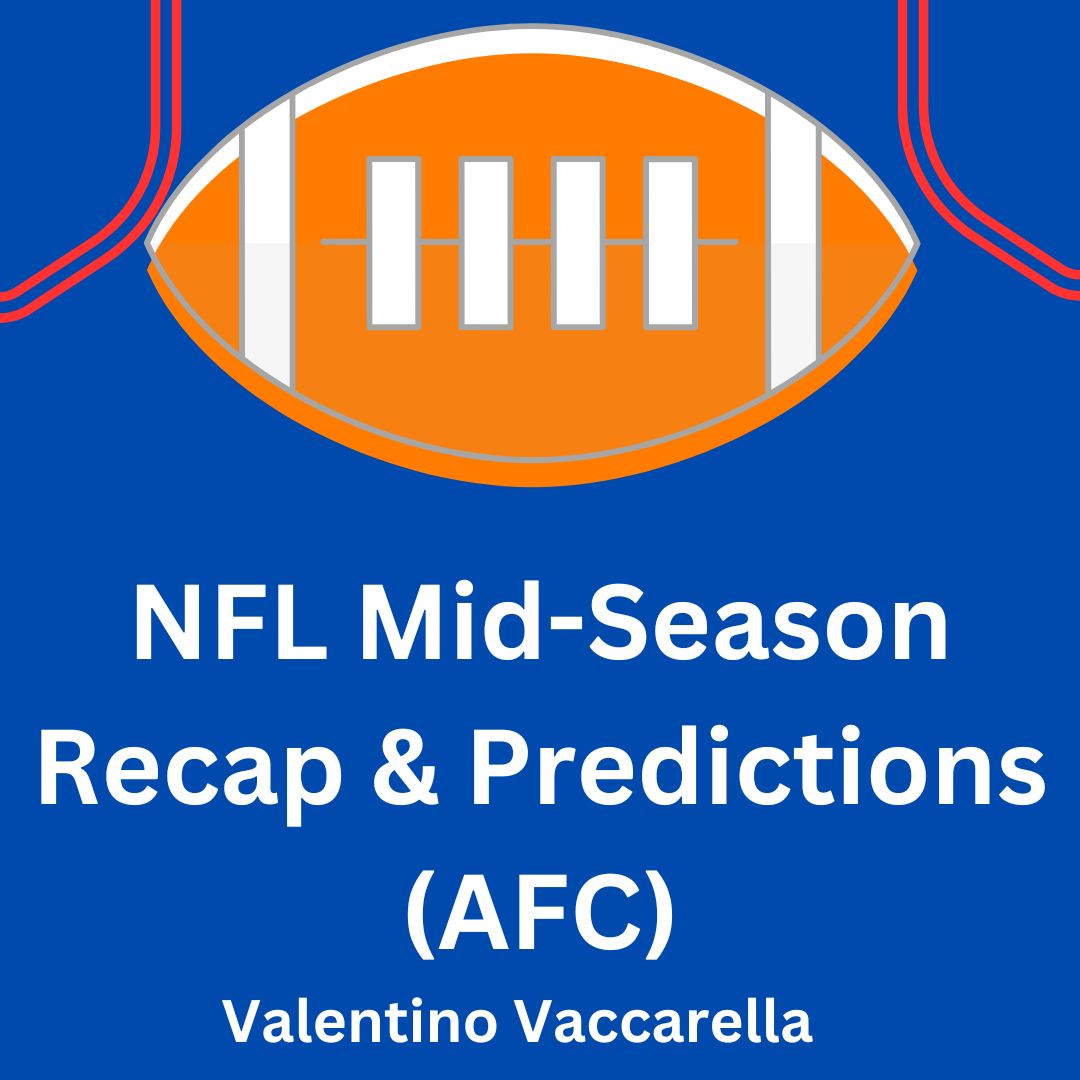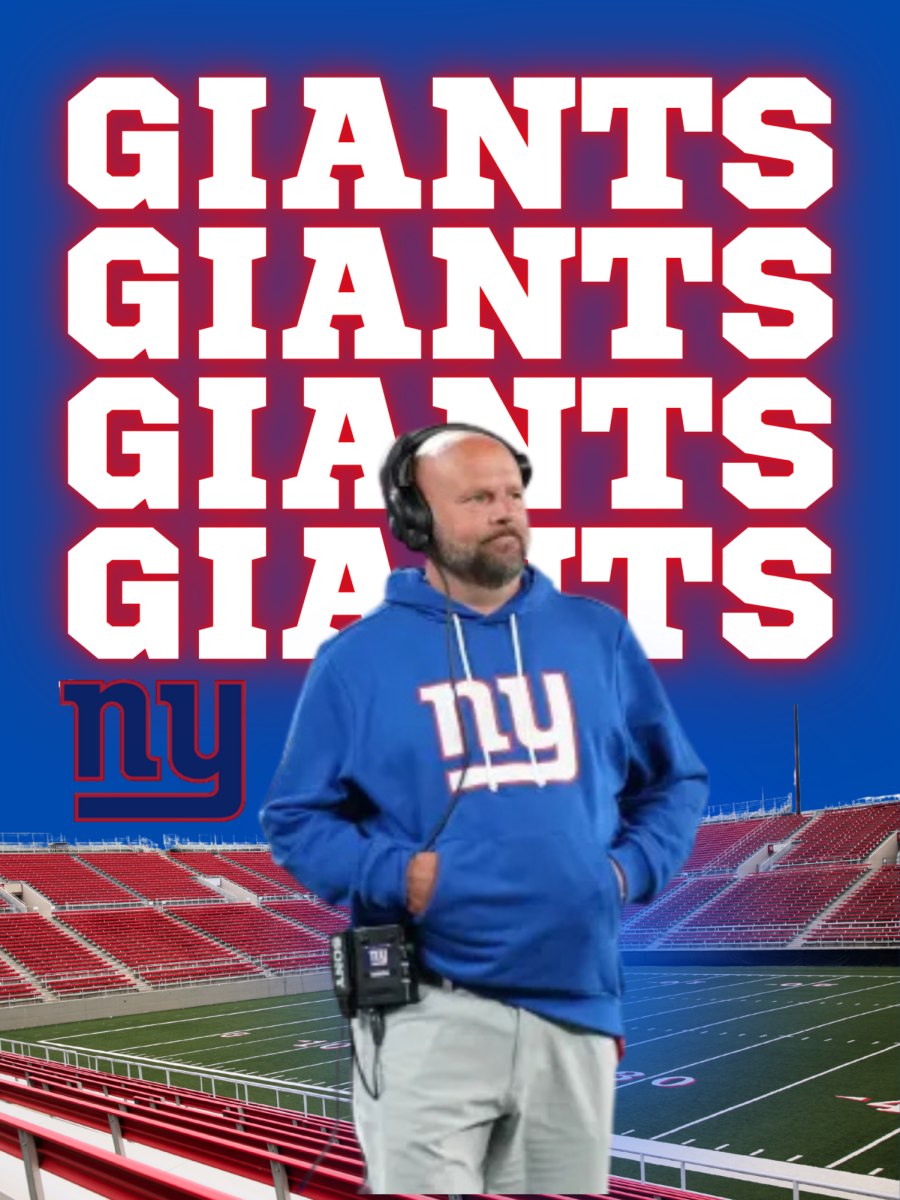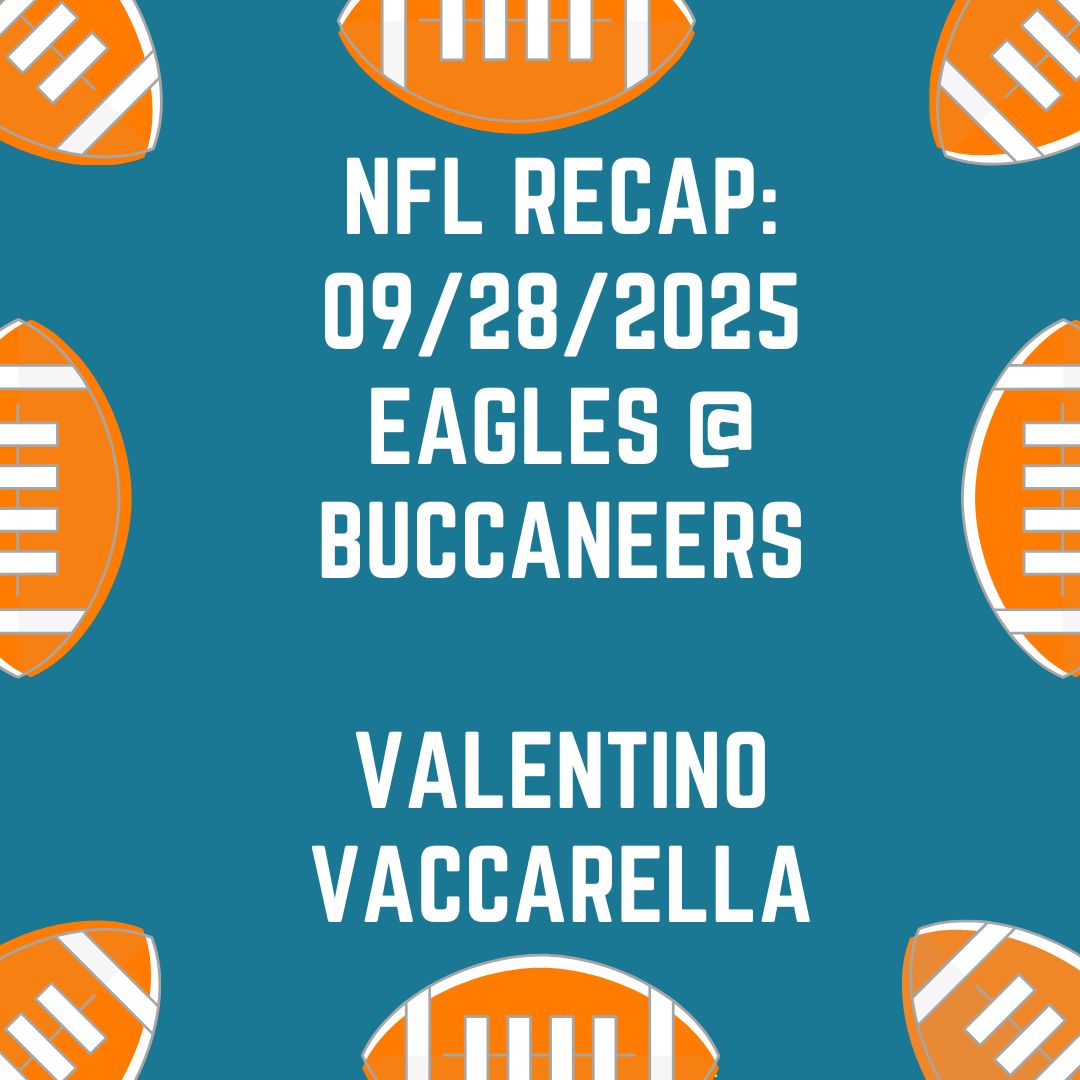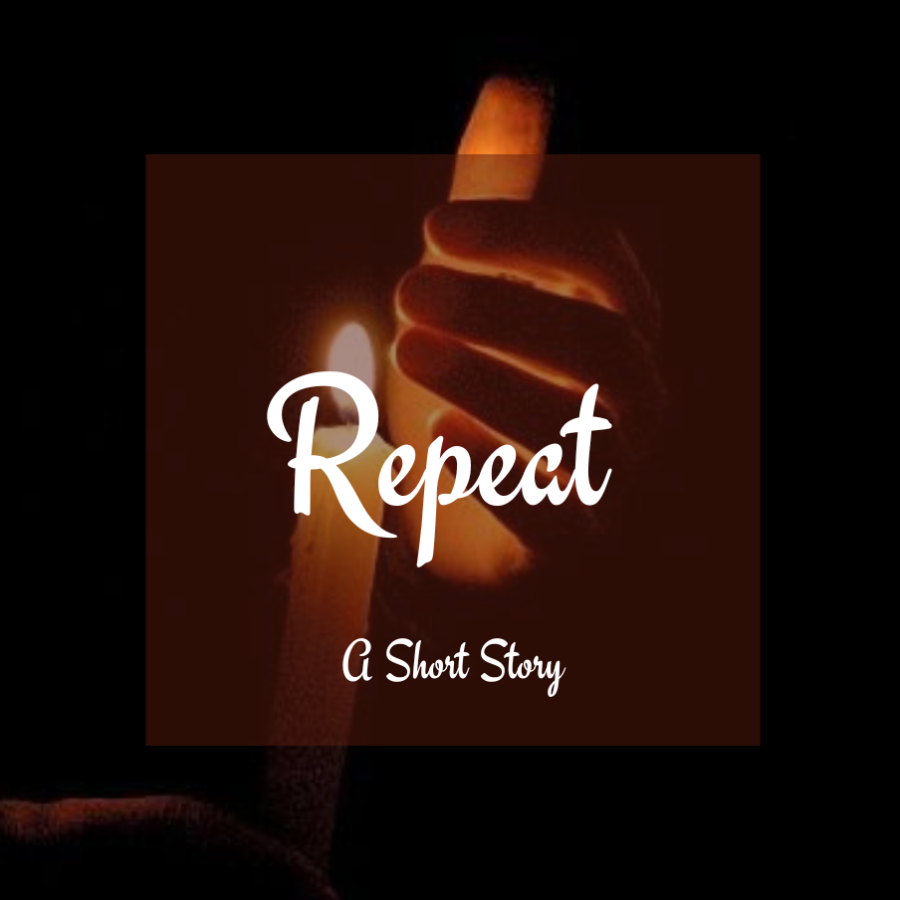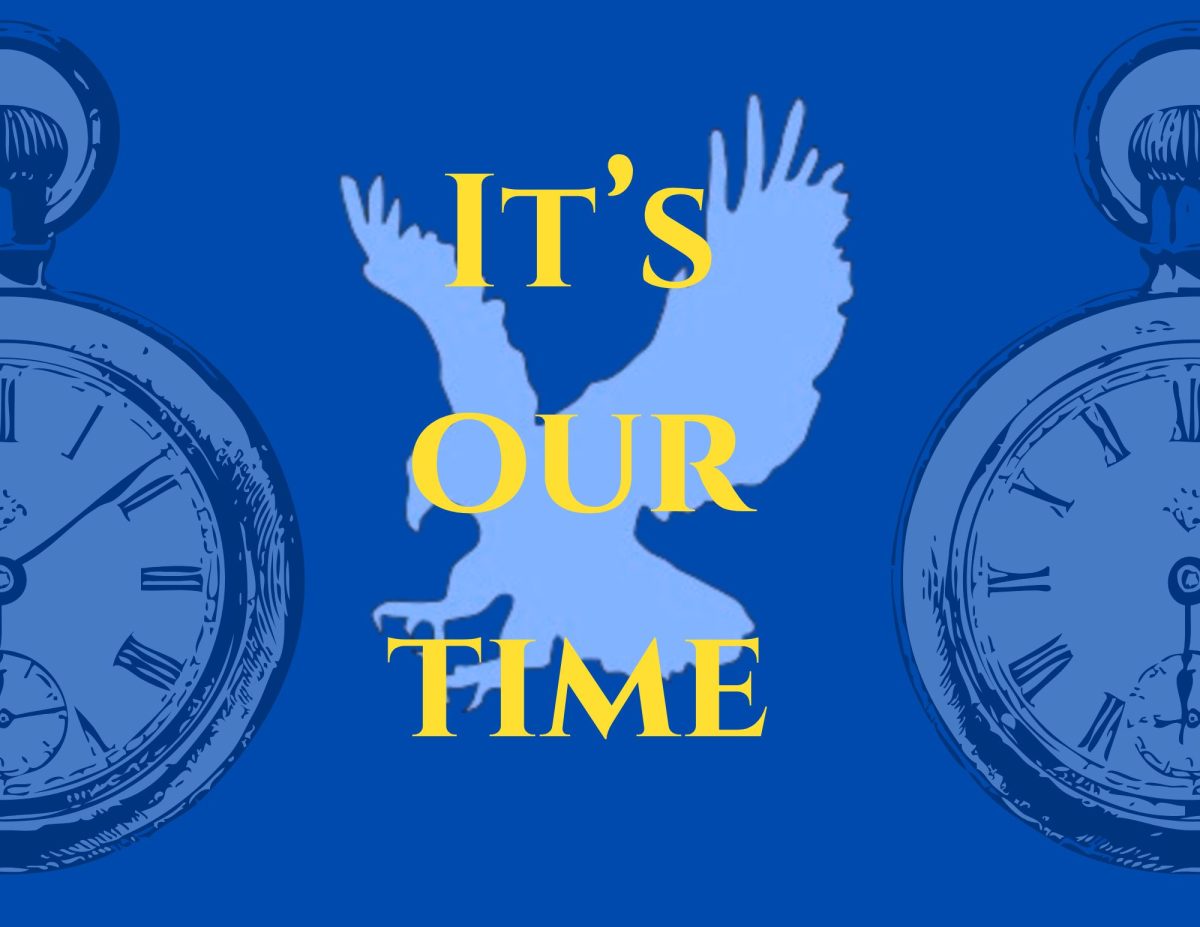
AI advances every second, every minute, and every hour; it advances every day. AI could either be mankind’s savior or its inevitable downfall. It is used everywhere; in school, work, and even in people’s recreational time.
The problem of AI started surfacing since its creation in the early 1950’s. Since then, AI has advanced and refined for over a century. It can now create “original” artwork, write anything you want to commission, and its newest feat; voice mimicking.
How it works is AI uses and adapts through learning algorithms to progress its knowledge and skills. An algorithm is a procedure used to solve a problem or perform a computation, an action of mathematical calculation. It uses different kinds of data from all over to use in its programming, which is why it advances quickly. It can analyze and recreate anything, as long as it is in the form of data. This could come from the internet, but it could come from textbooks, books, and other textual resources.
The problems from AI all vary, but the most prominent problem would be the code of ethics. If you were to ask AI to create a picture of a schoolgirl, it would create a very titillating picture, while if you asked it to create a picture of a schoolboy, you would get a cute picture of a little boy. Not only does this entrench online stereotypes of women, but AI also discriminates against different races. This could have major consequences, especially if the AI is being planned for use in the medical field.
In the medical field, the help of AI could have some ground-breaking benefits or cause more problems than it is worth. AI could analyze skin or blood samples, allowing samples to be processed faster and patients’ medical problems to be helped faster. Although this could be very helpful, AI has shown some bias towards people of color. AI tends to be less accurate with darker skin, which could cause the risk of misdiagnosis.
AI could also be used in the courtrooms and the justice system. AI could add unbiased input and help with decision-making, but with the biased background it has earned, is unlikely. Facial recognition powered by AI could misidentify a person, which follows suit with false accusations and false arrests.
The biggest threat from AI is the job of artists, the main one being digital artists. AI can study art, and replicate it using different pieces of art to create an “original” piece of art. This also goes against ethics, since most things like art, novels, and anything made by a human are copyrighted. AI is constantly using copyrighted work. This topic not only brings up the threats but how would an AI algorithm copyright something they created if they are not human?
As AI keeps advancing, it creates problems that have solutions. We can easily incorporate it into everyday life, mankind just has to learn to restrict it and put their foot down. To counteract the ethics problems, you just analyze all data and make it meet today’s diversity standards and add tools to detect bias and analyze the data. You also need to define clear guidelines and use model training to correct these problems. And finally, make sure you can ensure the accuracy of the AI.
Despite all the problems AI causes, it does bring some form of goodness. It can bring in new jobs, the biggest one being an AI copyright lawyer. As AI’s intelligence grows, the line between copyright and what is not copyright becomes swerves more and more. We will need more people to hone in and be able to see what is constitutional and what is not constitutional. This could open up more jobs as time goes on, as more and more problems pop up.

